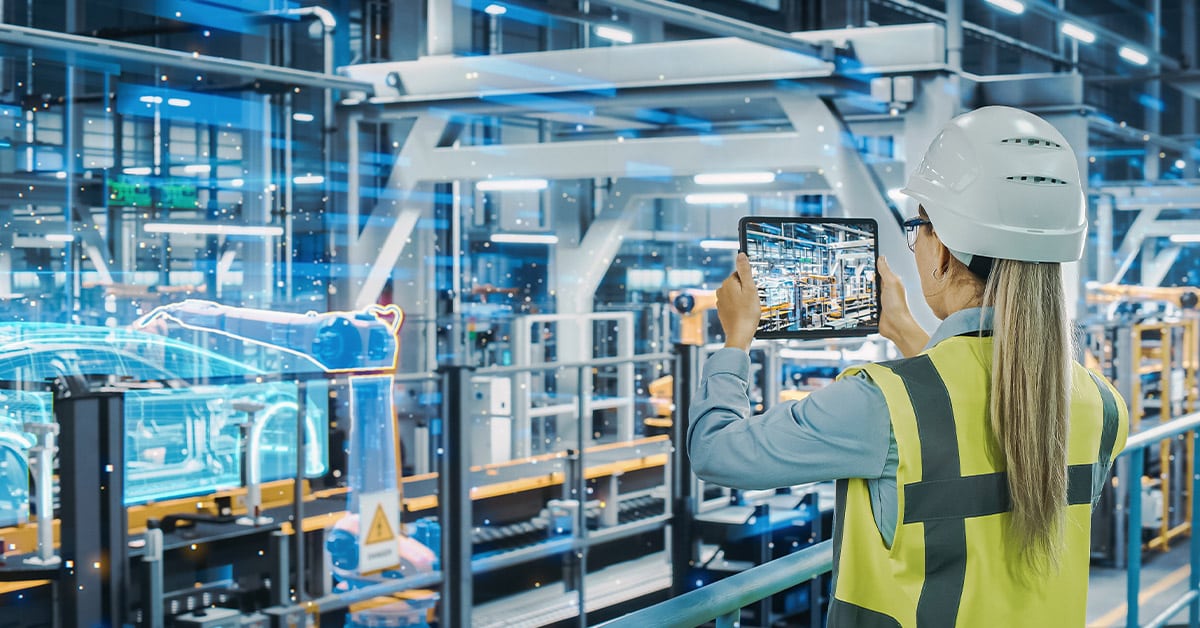Technology is changing the way business is done in virtually every industry, including manufacturing. Advancements in technology are enabling manufacturers to streamline production processes, innovate at a faster pace, reduce costs and deliver higher quality products to meet customer demand. Because of its versatility and ease of use, there are a number of areas within manufacturing where technology is being harnessed.
For example, additive manufacturing — more commonly known as 3D printing — has a variety of applications. As it has become more affordable, manufacturers are using it during the production cycle to produce high quality components while keeping costs down. It represents a promising opportunity for the creation of custom goods and other parts. Artificial intelligence (AI) can help technicians determine how well a machine is functioning. AI is also able to predict when a piece of equipment may malfunction or break down. This kind of IoT, or Internet of Things, technology is the future trend of predictive maintenance. Digital twins also harness IoT technology and are another way that manufacturers can optimize performance and reduce their costs.
A digital twin, as the name implies, is a virtual representation of an actual object that receives data in real-time from the object. This data allows you to virtually monitor, say, a piece of manufacturing equipment or an entire production line. Digital twins are being used increasingly to predict maintenance schedules and possible repairs as well as to experiment with changes to a line and review what the impact may be. Remote performance monitoring sensors that can track manufacturing cycles and sense possible maintenance issues are also growing in popularity.
Remote performance monitoring sensors can be used in a number of different ways to reduce manufacturing costs and improve efficiency. For example, they can predict when a part or machine may fail, which lets manufacturers implement predictive maintenance schedules that reduce the risk of a breakdown and related downtime. These sensors can also help keep a production line running at capacity, and if a repair is needed, enable the manufacturer to contact a service team immediately to help ensure speedy service and repairs.
Other technological advances include advances in automation, such as robots that perform assembly and material handling as well as dangerous or repetitive tasks and computerized maintenance management systems, which help reduce the need for on-site personnel. The accompanying resource describes some of the innovative ways that the manufacturing industry is relying on these advances. ATS is an industry leader in manufacturing and maintenance technology. We draw on our extensive expertise to help you implement a smart technology plan that’s right for you.
For more information, contact us today.


